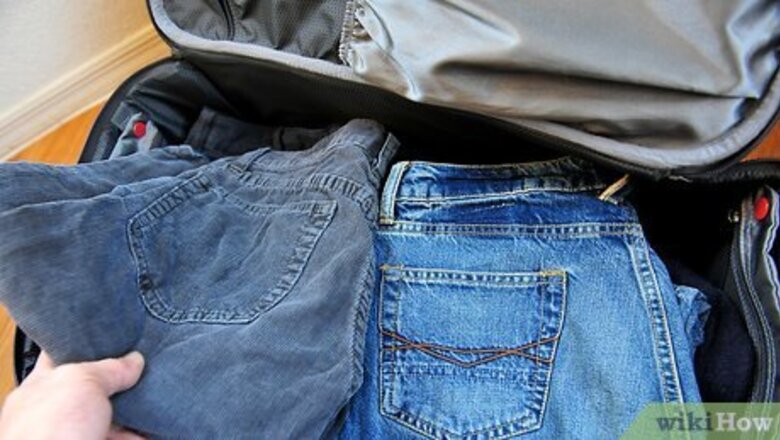
views
Packing the Essentials
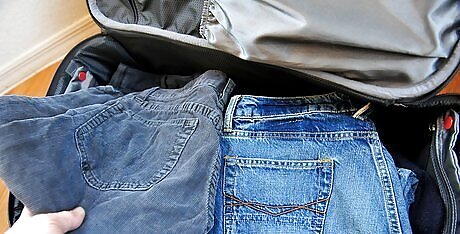
Pack what you need. Just like for any holiday, only pack the things you need. A crucial thing you should do before flying is to check the airline's baggage allowances so you get a rough idea of how much stuff you can bring. If necessary, buy a luggage scale to help with an accurate measurement of how much your bags will weigh.
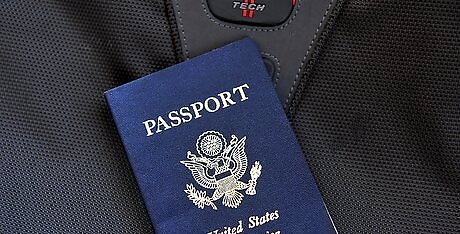
Bring important documents. Bring your visa (If needed), passport, tickets, and other documents you may need when you are on this trip. Be sure to bring these in your carry on or pockets—not in your checked luggage! The best thing to do would be to bring your important travel documents in pockets with zips, as it reduces the chances of the documents falling out of the pockets and you having a very hard time explaining to security. Photocopy important documents. Keep one copy of your documents with you but separate from the original. Leave another copy to a trusted friend at home. These copies will help in replacing your documents if you lose your luggage.
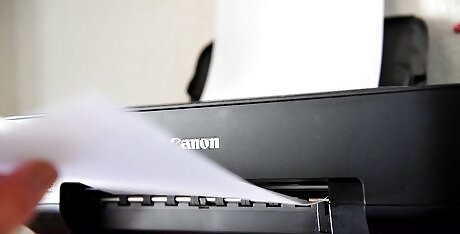
Try to check in online or on your phone, as this means that you have the chance to make multiple copies of boarding passes as backups and makes it a lot easier, quicker, and a lot less stressful when you get to the actual airport.
Dressing for the Airplane
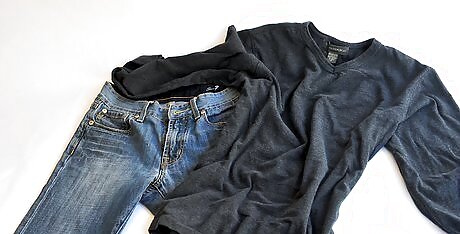
Dress appropriately for safety and security. Though rare, airline accidents do happen. Should it become necessary to evacuate the plane by using the inflatable slide, or worse, walking out onto the wing, the last things you want to be wearing are shorts, a tank top or spikey heels. Keep it simple: cotton or other natural fiber clothing (synthetics are more flammable), long sleeves and pants, sensible shoes, preferably sneakers. If you don't wear sneakers, wear sturdy, comfortable shoes that are easy to put on and remove for security. Slip-on athletic or walking shoes are a good choice. Keep your footwear on at all times on the plane. You'll be able to evacuate more quickly in an emergency, and it's just polite.
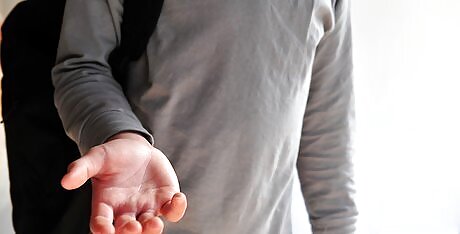
Keep clothing loose but warm. Don't wear tight clothing, unless you are wearing airplane socks that specifically help with circulation. Many people swell during a flight due to the altitude and air compression and tight clothing may become uncomfortable. Air conditioning can get cold, especially sitting still for so long on a long flight, so long pants, and top is ideal.
Preparing Carry-on Items
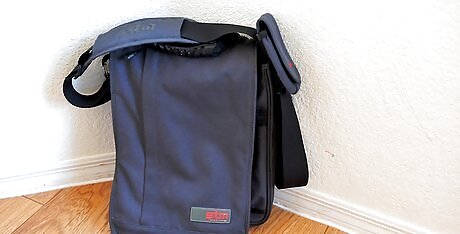
Keep carry-on items to a minimum. Most airlines allow only two (2) carry-ons nowadays, and that includes a "personal item", such as a purse or backpack. Pack necessities in your carry-on. This can include medications, reading materials, information pertinent to your trip, your passport if traveling outside your home country, a small travel kit (in case your luggage is lost or delayed), a snack, and anything else you feel you can't do without, such as your digital music player. Also, choose a small carry-on bag that will fit into the overhead compartment and keep the already limited foot space free.

Take your own pillow and blanket. Long flights, particularly overseas, can be almost unbearable without these essential comfort items. This doesn't mean you need to bring your bed pillow and your down comforter. Check out travel stores and websites for neck pillows and blankets that fold to the size of a DVD case. You never know who might have used the airline's pillows and blankets before you, or what their hygiene practices are -- or aren't.
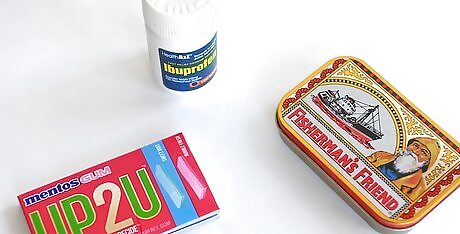
Bring a few health items. Gum may help keep your ears clear. Earplugs soften the drone of the engine. Even if you don't usually get airsick, Dramamine can be a lifesaver if you hit some rough turbulence. If you have a cold or sinus problems, take a decongestant well before you board the plane, but bring nasal spray just in case.
Being Comfortable During Travel

When you are traveling overseas on a night flight, Sleep! You will want to eat and watch the movie, but when you get there, it may be morning depending on where you are going, and having jet lag is no fun. To make it easier when you get to your destination, on the plane, instead of tuning into the time of the place you left, tune into the time of your destination, so you can sleep and get your body clock ready for the destination before even landing. This means that when, in your destination, it is time to sleep, you should try to sleep, or at least close your eyes.

Bring your own meal or snacks. Many airlines have eliminated this 'frill' and the packed meals they provide for a charge are often pretty bad. Make sure you avoid liquids (drinks, soups, etc.) which might not pass security inspection and are messy to deal with. Instead, try foods like sandwiches, chips, cookies, and cut up fruits and vegetables.
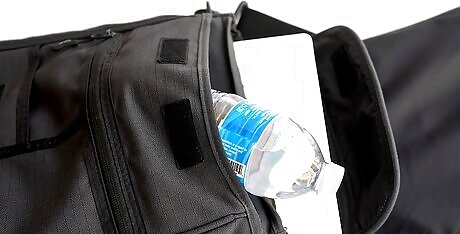
Stay hydrated. Air in airplanes is often very dry. You can take an empty water bottle through security and fill it once inside, or you can purchase a bottled drink inside security. If dry skin is a problem, you may also wish to use plenty of moisturizing lotion or cream. Avoid consuming excessive amounts of alcohol and salt, as these will dry your mouth, and just add to the dry atmosphere.











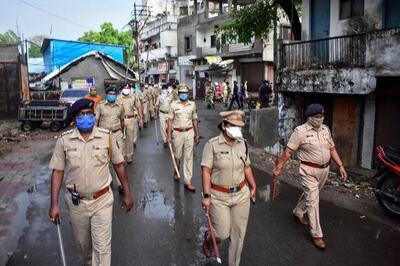

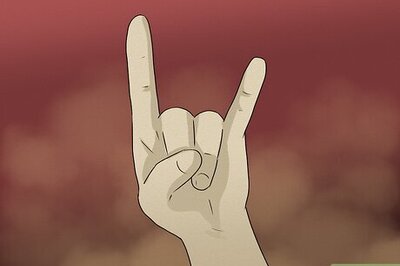

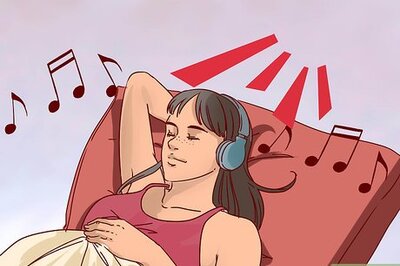




Comments
0 comment